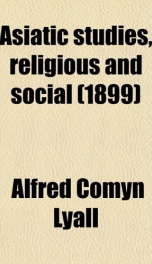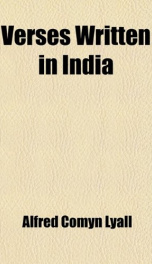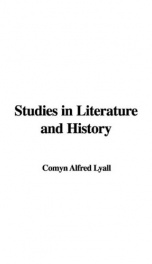asiatic studies religious and social

Purchase of this book includes free trial access to www.million-books.com where you can read more than a million books for free. This is an OCR edition with typos. Excerpt from book: CHAPTER II. ON THE RELATIONS BETWEEN THE STATE AND RELIGION IN CHINA. Difference between earliest and latest ideas on relations between Religion and the StateControversies in Europe over the question Separation between religion and civil government is becoming a recognised principle in Europe, while the contrary is still the rule in AsiaIslamitic institutionPosition of the Chinese government, and its method of dealing with the three official religions of ChinaConfucian, Buddhist, Taouist, all independently established as separate creedsPublic worship of the Chinese, rites performed by EmperorThe contents of the Pekin Gazette illustrate the attitude of the Government toward religion, and explain its influence Posthumous honours and titles bestowed ou deceased persons, their deification by order of GovernmentTitles and reward given to divinities for public services, instances quotedControl exercised by the State over Buddhist incarnations, cases cited from Oazette Intellectual condition of a people which sees no clear distinction between the unseen and the visible wrld, between gods and men Danger of too close connection between Religion and the State. One important difference between the earlier and the latest principles of government is marked by the changes which have taken place in men's ideas on the subject of the proper relations between the ruler and the priesthood, the State and the Church, the civil government and the ecclesiastical bodies. In times when all authority necessarily claimed to derive from a divine mandate, when kws were supernaturally delivered, and when crimes might be most effectively treated as sins against the gods, it was natural that the ruler should assume religious as well as civil supremacy; that he should take on himself, w...
Info about the book
Author:
Series:
Unknown
ISBN:
0543948102
Rating:
3.5/5 (2)Your rating:
0/5
Languge:
English
Users who have this book
Users who want this book
What readers are saying
What do you think? Write your own comment on this book!
write a commentif you like asiatic studies religious and social try:
Other books by this author
Do you want to exchange books? It’s EASY!
Get registered and find other users who want to give their favourite books to good hands!




